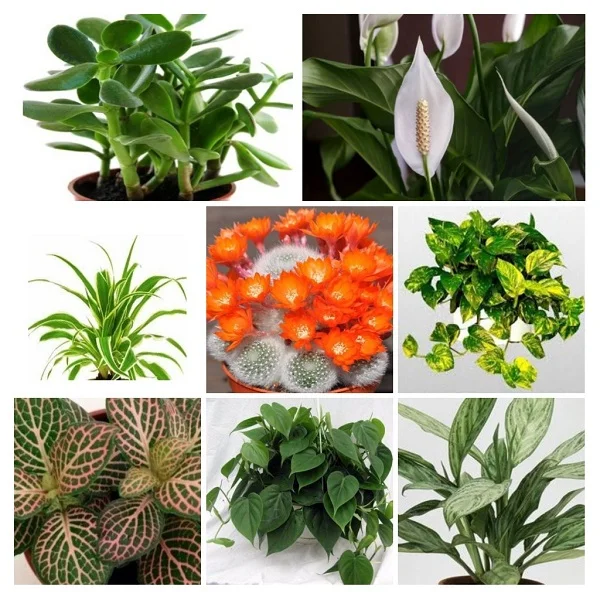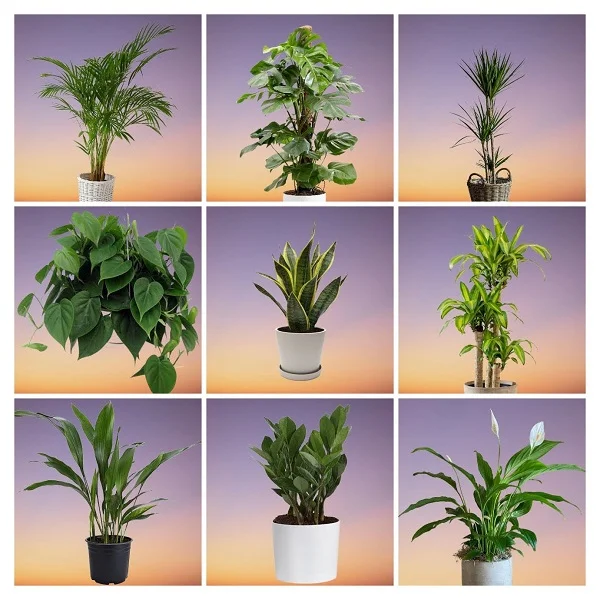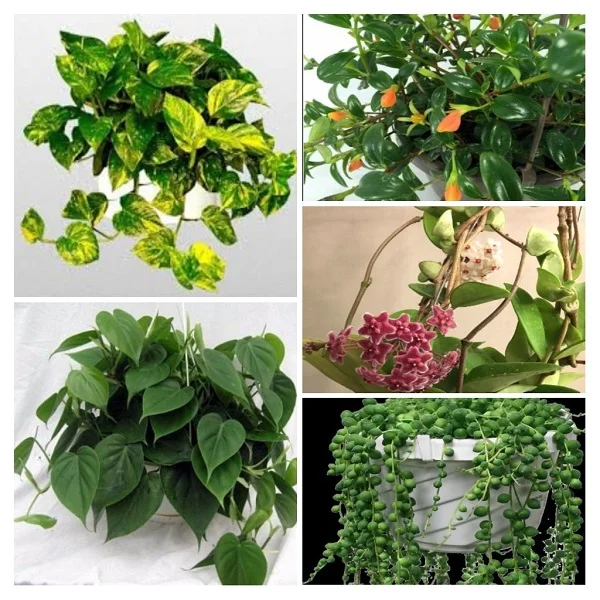16 Best Low Maintenance Plants to Spruce Up Your Home
Some links in this post may be affiliate links
The best plants for home are the low maintenance, easy care plants that are perfect even for a beginner to minimize on the cost of keeping them alive.
Plants are a superb addition to the home decor. They come in various sizes, colors, textures which makes it possible to choose a plant according to your preference.
You can place plants practically in every space in the home including the bathroom for the moisture-loving plants. If you are looking for a dramatic experience, go for the large-leafed bold statement plants.
The living room is another great place to display plants to great first impressions for your visitors. You can even decorate your bedroom with these bedroom plants.
16 Best Low Budget Plants for Your Home
The best low maintenance plants for the home are Pothos, Chinese Evergreen, Monstera, Silver Sword Philodendron, Rubber Plants, Palms, Peperomias, Blushing Bromeliads, Dracaenas, Snake Plants among others. Keep reading for our complete list.
1. Silver Sword Philodendron (Philodendron hastatum)
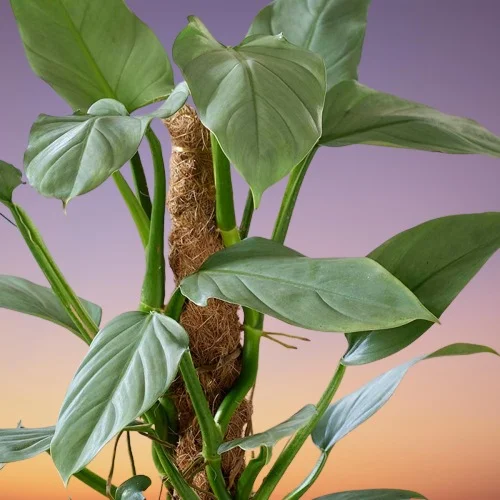
Philodendron hastatum is among the evergreen, climbing Philodendron plants varieties which bears glossy, large, sword-shaped leaves with a silver sheen.
Silver Sword Philodendron like Spadeleaf Philodendron (Philodendron domesticum), Finger-leaf Philodendron (Philodendron elegans), Blushing Philodendron (Philodendron erubescens) and Philodendron ilsemanii 'Variegata' requires to be given a moss pole or a trellis to give it support to grow upright where it can display its spectacular leaves.
Philodendron hastatum blossoms in bright indirect light (filtered light), average warmth of 18-270C, humidity of 60-70% and moderately moist, rich, well-drained, all purpose potting soils coupled with monthly feeding in the growing season.
Learn more on how to grow and care for Silver Sword Philodendron (Philodendron hastatum)
2. Pothos (Scindapsus aureus)
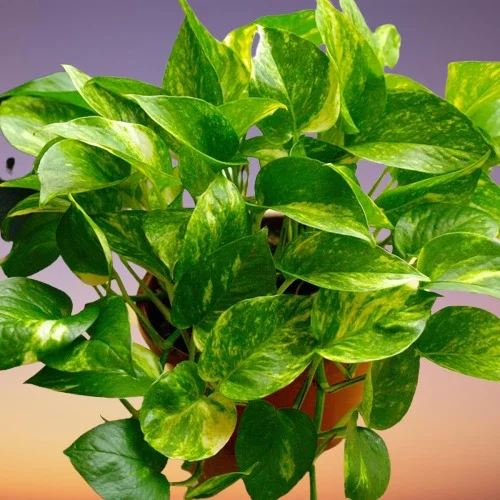
Pothos also called Devil's Ivy, Devil's Vine or Money Plant are popular colourful plants with air purifying properties and are easy to grow even for the beginner.
Pothos can be grown as a table-top plant or on a shelf or in a hanging basket. They are also ideal for the small spaces.
Devil's Ivy thrives in medium to bright, indirect light, moderately warm and humid conditions and moderately moist, rich, well-drained soil.
Learn more on how to grow and care for Pothos (Scindapsus aureus)
3. Rubber Plants (Ficus elastica)
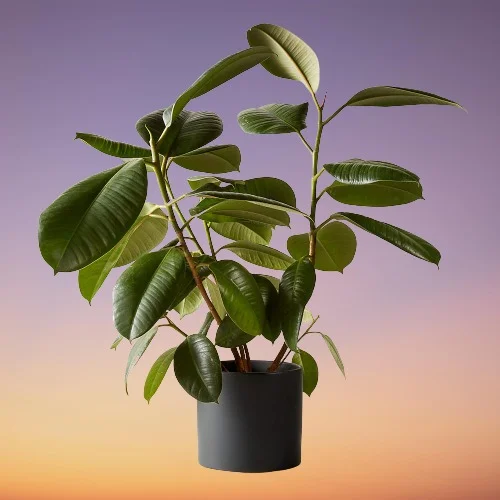
Rubber Plants also called Rubber Fig, Rubber Tree, Rubber Bush, Indian Rubber Tree or Indian Rubber Bush are ideal stand alone plants, easy to care and readily adaptable to indoor growing conditions.
Rubber Plants comes in many variations and there is a wide selection to choose from. They are also known to be good air cleaners.
Rubber Fig requires bright light with some direct sunlight, warm and humid conditions and moderately moist, fertile, well-drained soil.
Read more on how to grow and care for Rubber Plants (Ficus elastica)
4. Swiss Cheese Plant (Monstera deliciosa)
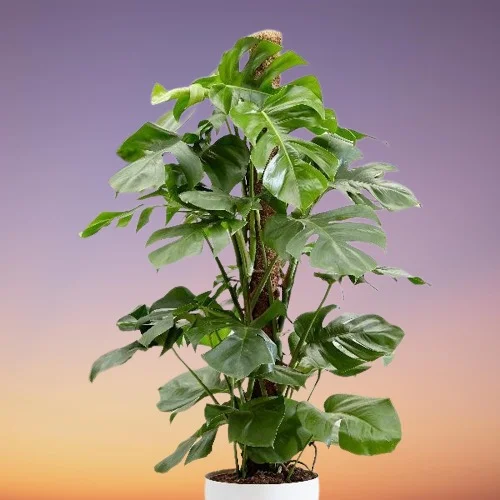
Swiss Cheese Plant is a popular plant whose large deeply perforated leaves are a sight to behold and is easy to grow even for a beginner.
Monstera is ideal as a stand alone plant for occupying large empty spaces. To produce an upright plant, provide a moss stick to support it.
Swiss Cheese Plant grows best in bright to medium, indirect light, warm and humid conditions and moderately moist, fertile, well-drained soil.
Learn how to grow and care for Swiss Cheese Plant (Monstera deliciosa)
5. Corn Palm (Dracaena fragrans)
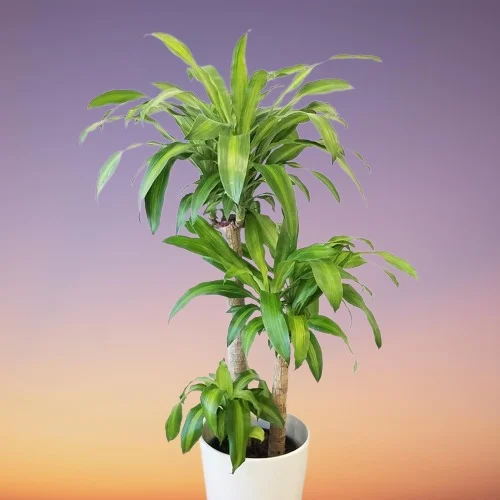
Corn Palm or Corn Plant is an easy care plant whose glossy, large, yellow-striped leaves will brighten up any space in the home.
On account of its large size and colorful foliage, this Dracaena Plant can be grown as a stand alone plant to provide a bold and attractive focal point.
Corn Plant thrives in bright, indirect light away from direct sunlight, average warmth and consistently moist, rich, well-drained soil.
Learn more on how to grow and care for Corn Palm (Dracaena fragrans)
6. Watermelon Peperomia (Peperomia argyreia)

Watermelon Peperomia also called Watermelon Begonia is among the compact, upright, bushy, Peperomia plants varieties which grows to a height of about 12 inches.
The slightly-fleshy, oval-shaped, green leaves are strikingly marked with curved silver stripes resembling the skin of a watermelon which make it one of the favorite plants for the home.
Peperomia argyreia thrives in bright light away from direct sunlight, average warmth of 18-250C, humid conditions and moderately moist, rich, well-drained, succulents potting mix coupled with monthly feeding in the growing period.
Learn more on how to grow and care for Watermelon Peperomia (Peperomia argyreia)
7. Anthurium forgetii
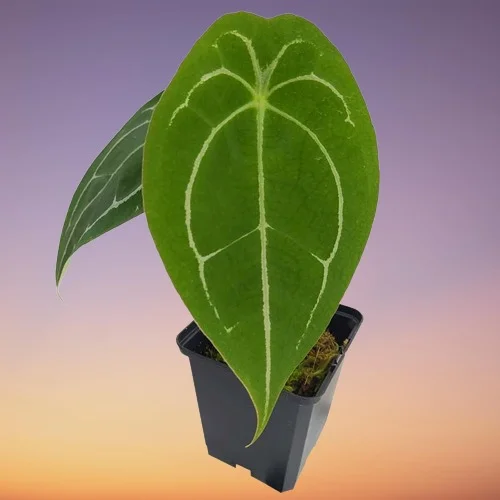
Anthurium forgetii is one of the popular Anthurium varieties on account of its large, dark-green, round leaves with silver veining but lacking a sinus (upper lobes) which enables them to flexibly hang on their stems like teardrops.
The spectacular foliage in Anthurium forgetii and in its cousins Anthurium luxurians and Anthurium radicans makes these plants some of the best plants for the home and will create a beautiful sight to behold in any space.
Anthurium forgetii flourishes in bright indirect light (filtered light), average warmth of 16-270C, humidity of 60-80% and consistently moist, fertile, well-drained, aroids potting soil coupled with monthly feeding in the growing season.
Learn more on how to grow and care for Anthurium forgetii
8. Peace Lily (Spathiphyllum wallisii)
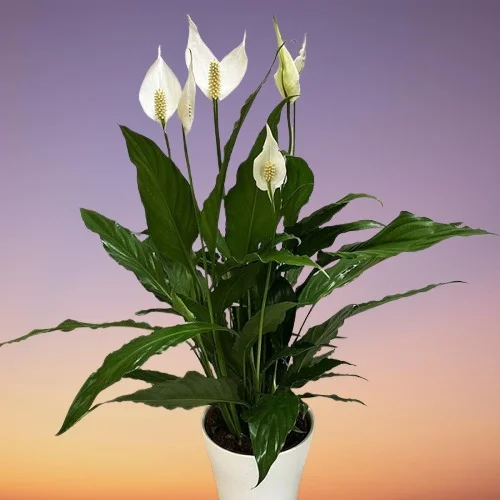
Peace Lily also called White Sails or Spathe Flower is a popular plant on account of its ability to clean the air while the dark-green glossy leaves and white blooms will brighten any space.
The bloom in Peace Lily is a spathe which appears pale green as it begins to grow and turns white at it opens.
Spathiphyllum wallisii requires bright, indirect light, average warmth, moderately humid conditions and moderately moist, fertile, well-drained soil.
Read more on how to grow and care for Peace Lily (Spathiphyllum wallisii)
9. Snake Plants (Dracaena trifasciata)
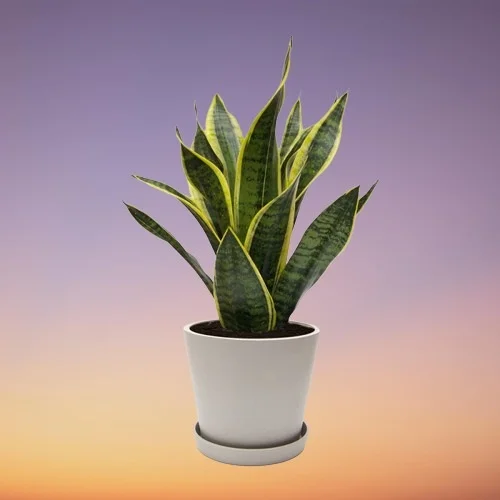
Snake Plants also called Mother in-law's Tongue is ideal for the home on account of its long beautifully colored foliage and ability to clean indoor air.
In addition to cleaning the air, Snake Plants increase oxygen concentration in the air even at night as they area CAM (Crassulacean Acidic Metabolism) planst.
Mother in-law's Tongue Plants thrive in bright light with some direct sunlight, average warmth and moderately moist, loose, fertile, free-draining soil.
Learn more on how to grow and care for Snake Plants (Dracaena trifasciata)
10. Chinese Evergreen (Aglaonema)
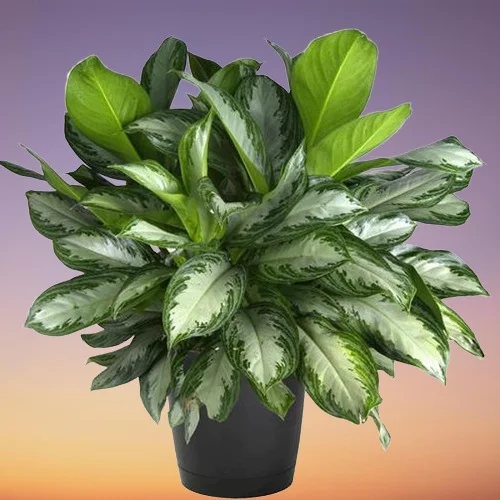
Chinese Evergreens are popular plants on account of their spectacular foliage, ease of care, air cleaning properties and ability to adapt to indoor growing conditions.
The beauty of Chinese Evergreen emanates from their colorful large spear-shaped leaves borne on short stems.
Aglaonemas grow best in medium to bright light away from direct sunlight, warm and humid conditions and moderately moist, well-drained soils.
Read more on how to grow and care for Chinese Evergreens (Aglaonema)
11. Baby Bunny Bellies Plant (Tradescantia chrysophylla)
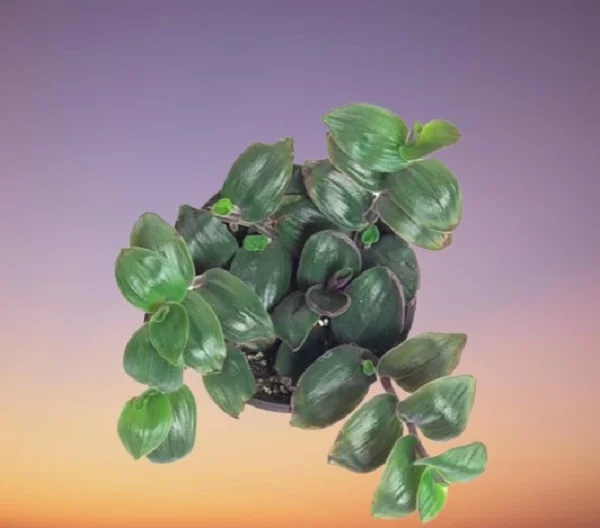
Baby Bunny Bellies Plant also called Baby Bunny Bellies Tradescantia or Speedy Jenny Baby Bellies is one of the most popular trailing Tradescantia plants varieties and bears fuzzy foliage which feels like the under belly of a baby bunny.
The velvety green leaves in Baby Bunny Bellies Tradescantia have beautiful, soft, purply undersides. The plant grows to a height of 6-8 inches and can trail upto 2 feet wide which makes it perfect for a hanging basket.
Tradescantia chrysophylla thrives in bright, indirect light (dappled light), average warmth of 18-240C, moderate humidity of 50-55% and moderately moist, rich, well-drained, all purpose soil coupled with regular feeding during the growing season.
Learn more on how to grow and care for Baby Bunny Bellies Plant (Tradescantia chrysophylla)
12. Blushing Bromeliads (Neoregelia Bromeliads)
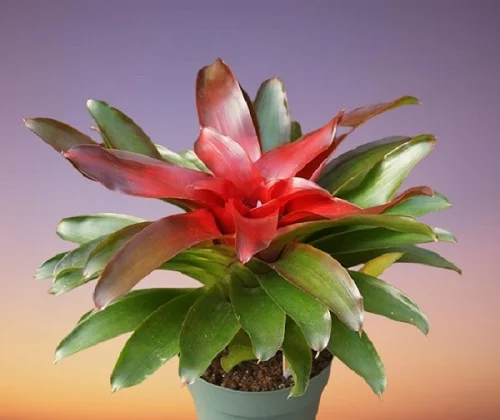
Blushing Bromeliads are popular foliage Bromeliad plants grown for their beautiful central rosette of leaves which turns bright red at flowering time.
In some species of Neoregelia Bromeliads, the leaves at the center of the rosette blushes (change color) when about to flower and hence the common name. In other species, the leaf-tips change color as the plant is about to flower and they referred to as 'Fingernail Plants'.
Blushing Bromeliads grow best in bright light away from direct sunlight (filtered light), average warmth of 18-280C, humidity of 60-70% and consistently moist, fertile, well-drained, orchid's potting soil coupled with fortnightly feeding during the growing season.
Read more on how to grow and care for Blushing Bromeliads (Neoregelia Bromeliads)
13. Boston Fern (Nephrolepis exaltata 'Bostoniensis')
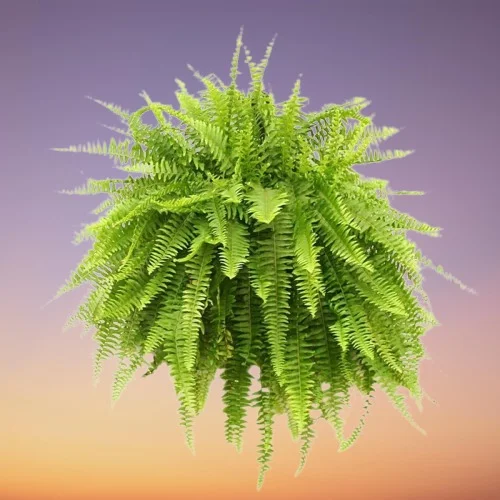
Boston Fern is an attractive, hardy, low Maintenance fern which bears gracefully arching fronds and is perfect for a tabletop, a hanging basket or a pedestal.
The spectacular Boston Fern is a fast growing fern which can grow to a height of to 2-3 feet and upto 3 feet wide.
Boston Fern grows best in bright, indirect light, warm and humid conditions and consistently moist, fertile, well-drained soil.
Learn how to grow and care for Boston Fern (Nephrolepis exaltata 'Bostoniensis')
14. ZZ Plant (Zamioculcas zamiifolia)
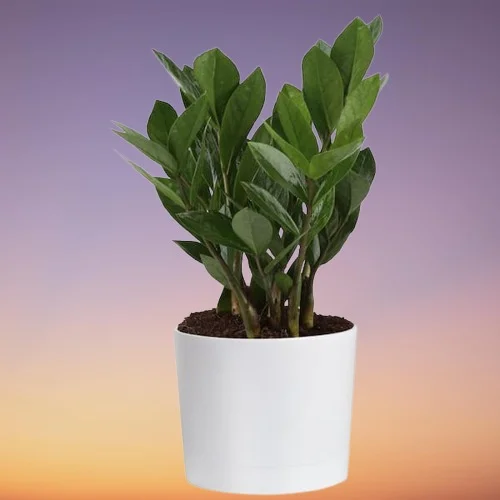
ZZ Plant also called Zanzibar Gem, Zuzu Plant, Aroid Palm or Emerald Palm is a highly tolerant plant with attractive glossy foliage and is ideal for small spaces.
The Zanzibar Gem is highly tolerant to low light, dry conditions but does not like direct sunlight. The plant is considered to be amongst the hard to kill plants.
Zamioculcas zamiifolia thrives in bright, indirect light, average warmth and moderately moist, fertile, free-draining soil.
Learn more on how to grow and care for ZZ Plant (Zamioculcas zamiifolia)
15. Calathea picturata (Goeppertia picturata)
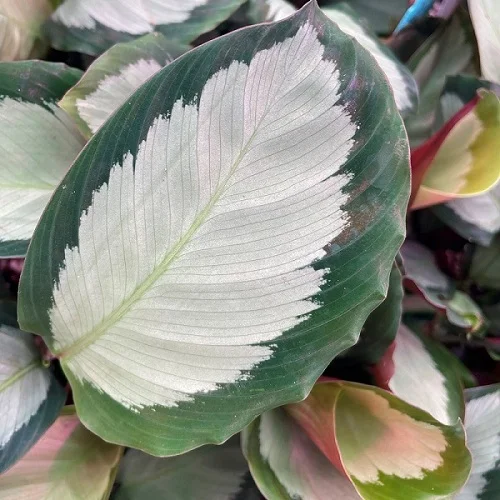
Goeppertia picturata is one of the delightful Calathea varieties on account of its spectacular foliage where the intense colour in the centre of its leaves is surrounded by a band of green colouring along the edges while the undersides are a purple-burgundy color.
Goeppertia picturata comes in two variants; silver and crimson. Like its cousins Calathea Freddie (Calathea leopardina) and Furry Feather Calathea (Calathea rufibarba) it makes a spectacular sight in any space in the home.
Calathea picturata blossoms in medium to bright indirect light, average warmth of 15-260C, humidity of 60-80% and consistently moist, fertile, well-drained, all purpose soil coupled with monthly feeding in the growing season.
Read more on how to grow and care for Calathea picturata (Goeppertia picturata)
16. Went's Hardy Alocasia (Alocasia wentii)
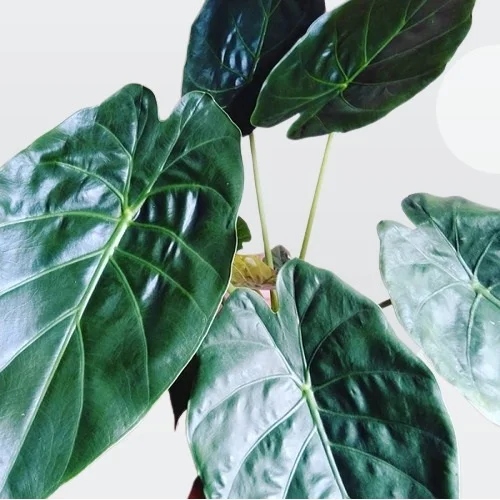
Went's Hardy Alocasia also called Hardy Alocasia, Hardy Elephant Ear, New Guinea Shield or Purple Umbrella Plant is among the popular Alocasia varieties with beautiful heart-shaped, glossy green leaves with prominent veins and purple-hued (metallic maroon) undersides.
Purple Umbrella Plant and its cousins Alocasia micholitziana (Green Velvet Alocasia), Alocasia X amazonica 'Polly' (African Mask) and Alocasia 'Regal Shield' are magnificent foliage plants for the home.
Alocasia wentii flourishes in bright indirect light, average warmth of 15-300C, humidity of 60-70% and moderately moist, fertile, well-drained, aroids potting soils coupled with monthly feeding during the growing season.
Learn more on how to grow and care for Alocasia wentii (Went's Hardy Alocasia)
